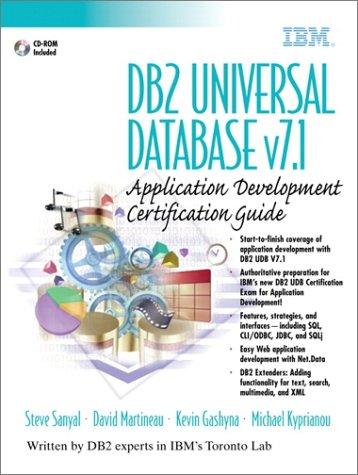Question
C++ Programing Help needed - Visual Studio is the IDE. ( Follow the Instructions Properly) Node.h, LinkedList.h, LLDriver.cpp Program description: You will implement and test
C++ Programing Help needed - Visual Studio is the IDE. ( Follow the Instructions Properly)
Node.h, LinkedList.h, LLDriver.cpp
Program description:
You will implement and test an ORDERED linked list class that uses nodes to store items.
Add a second header file to the project named LinkedList.h. Place the standard #ifndef statement (and the associated #define and #endif) in the file.
This file will contain the definition of the templated class "LinkedList"
The LinkedList Class will have just one data member that is a pointer to the first node in the list. You may not add any other member variables
The Node class should have two member variables ( a data and a pointer ). You may not add any other member variables
| Node.h (struct) | |
| Default Constructor | Data should be set to 0 and pointer should be set to nullptr
|
| Overloaded Constructor | Set private data members to be the parameters
|
| LinkedList.h | |
| Constructor | Initializes all private data members
|
| Destructor | Deletes all dynamically allocated memory to prevent memory leaks
|
| Insert | Takes a single argument representing the value to be inserted into the list. The item is inserted into the list in the correct order. Returns a bool (success) to indicate if the insertion was successful.
|
| remove | Takes an argument (by reference) which holds the key of the item to be removed from the list. This item will hold the record (data) that has been deleted upon completion. Only the first occurrence of the value should be removed. This function should return a bool (success).
|
| retrieve | Takes an argument (by reference) which holds the key of the item to be retrieved from the list. That same argument will be used to hold the data once it has been found (think about the retrieve function we did last week. Return a bool (success). This is an accessor function
|
| viewFront | Takes an argument (by reference) that will be used to hold the data found in the first Node of the list. Return a bool (success). This is an accessor function
|
| viewBack | Takes an argument (by reference) that will be used to hold the data found in the last Node of the list. Return a bool (success). This is an accessor function |
| isEmpty | Returns a bool to indicate if the list is empty. This is an accessor function
|
| isFull | Returns a bool to indicate if the list is full. This is an accessor function
|
| clearList | Removes all elements in the linked list. Returns a false value if the list is empty
|
| display | Displays all values currently stored in the list, only in a display functin you can use standard output (cout). This is an accessor function. Return false if no value in the list
|
| getSize | Count and returns the current size of the list. This is an accessor function
|
Requirements:
1. Declare your LinkedList object like this:
LinkedList
2. Sample call to the member functions, please dont ignore the returned Boolean value!:
val = 1;
if (ll.insert(val) == false)
{
// or you can say if (!ll.insert(val))
cout << "insert didn't work" << endl;
// you can use a more meaningful message
}
Note: use (nothrow) in the constructor. for example: template
bool LinkedList : : LinkedList(int c)
{ ......etc etc ;
numValues = 0;
list = new (no throw)Type[ etc etc ] ;
}
Sample output:
1 1 1 2 3 4 5 6
After inserting 3: 1 1 1 2 3 3 4 5 6 7
After removing 4: 1 1 1 2 3 3 5 6 7
front value is: 1
last value is: 7
Not Empty
Not full
Currently has 9 nodes
attempting to retrieve 10
not found
attempting to retrieve 3
found 3
after calling clearlist 0 elements remaining
press any key to continnue . . .
Step by Step Solution
There are 3 Steps involved in it
Step: 1

Get Instant Access to Expert-Tailored Solutions
See step-by-step solutions with expert insights and AI powered tools for academic success
Step: 2

Step: 3

Ace Your Homework with AI
Get the answers you need in no time with our AI-driven, step-by-step assistance
Get Started


